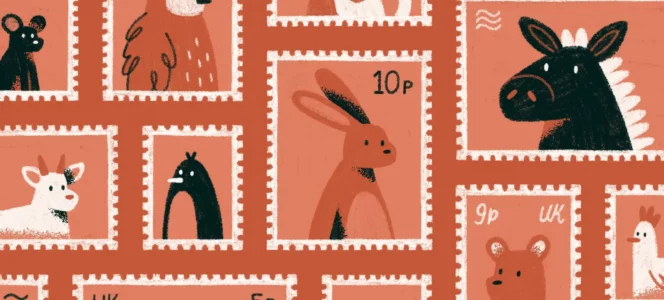Push back once, but not twice
It’s always frustrating when you’ve made a creative choice that is backed up by years of experience, perhaps a degree and countless projects very similar to this one, and yet the client thinks that they knows better. You may know by the tone of the client by now how receptive they’ll be to discussing these points, and you can judge whether or not it’s worth it. I generally go by the rule of, push back once, but not twice.
From a place of experience, I will kindly explore the client’s alternative suggestion and explain why I’ve made the choice that I have and why I believe it is the right way to go. Some clients love having these conversations and really delving into the ‘behind the scenes’ thought processes and get on board quickly, but some just want you to make that green flower red. If they’re receptive, that’s brilliant and those good client relationships are really a joy to us creatives. But if they’ve decided what they want and you repeatedly push back you will come across as combative and leave a sour taste in their mouth, which will probably make the rest of the project drag on for both of you. Don’t push twice, move on.



